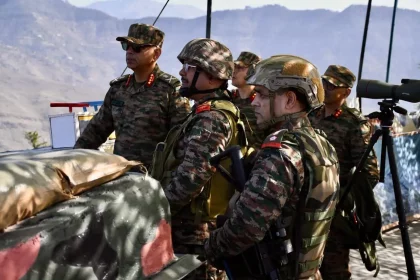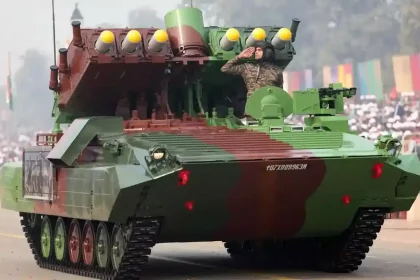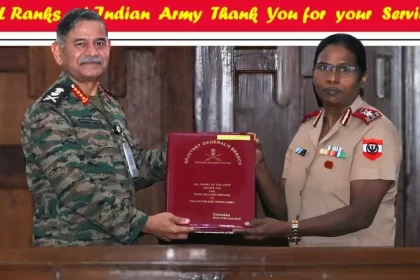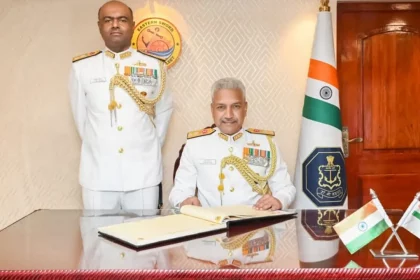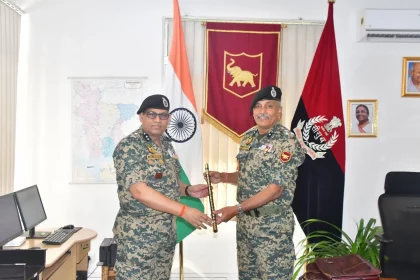Lt Gen P K Mishra Reviews Operational Readiness of Troops in Poonch Sector
White Knight Corps Commander Commends Troops for Vigilance and Professionalism During Forward Area Visit in Poonch Sector.
Indian Army Set to Induct DRDO–L&T Designed Light Tank Equipped with Nag Mk II Anti-Tank Missile
Successful Test of Nag Mk II Missile from DRDO–L&T Light Tank Marks a Major Leap Toward Atmanirbhar Bharat in Armoured…
General Upendra Dwivedi Interacts with Officers Retiring on 31 October During Retiring Officers’ Seminar
COAS General Upendra Dwivedi Lauds Selfless Service of Retiring Officers, Urges Them to Continue Contributing to Nation-Building.
Lt Gen Rajesh Pushkar Reviews Operational Preparedness of Shivalik Brigade; Commends Excellence in Drone Warfare
Kharga Corps Commander praises Shivalik Brigade for its professionalism and advanced proficiency in drone warfare, reaffirming focus on high operational…
Rear Admiral Alok Ananda Takes Over as Flag Officer Commanding Eastern Fleet
Rear Admiral Alok Ananda’s assumption of command comes at a time when the Indian Navy continues to expand its blue-water…
Shri Aloke Kumar Chakraborty Assumes Charge as Inspector General, Tripura Frontier, BSF
With Shri Aloke Kumar Chakraborty at the helm, the Frontier is expected to continue its mission of safeguarding the nation’s…

